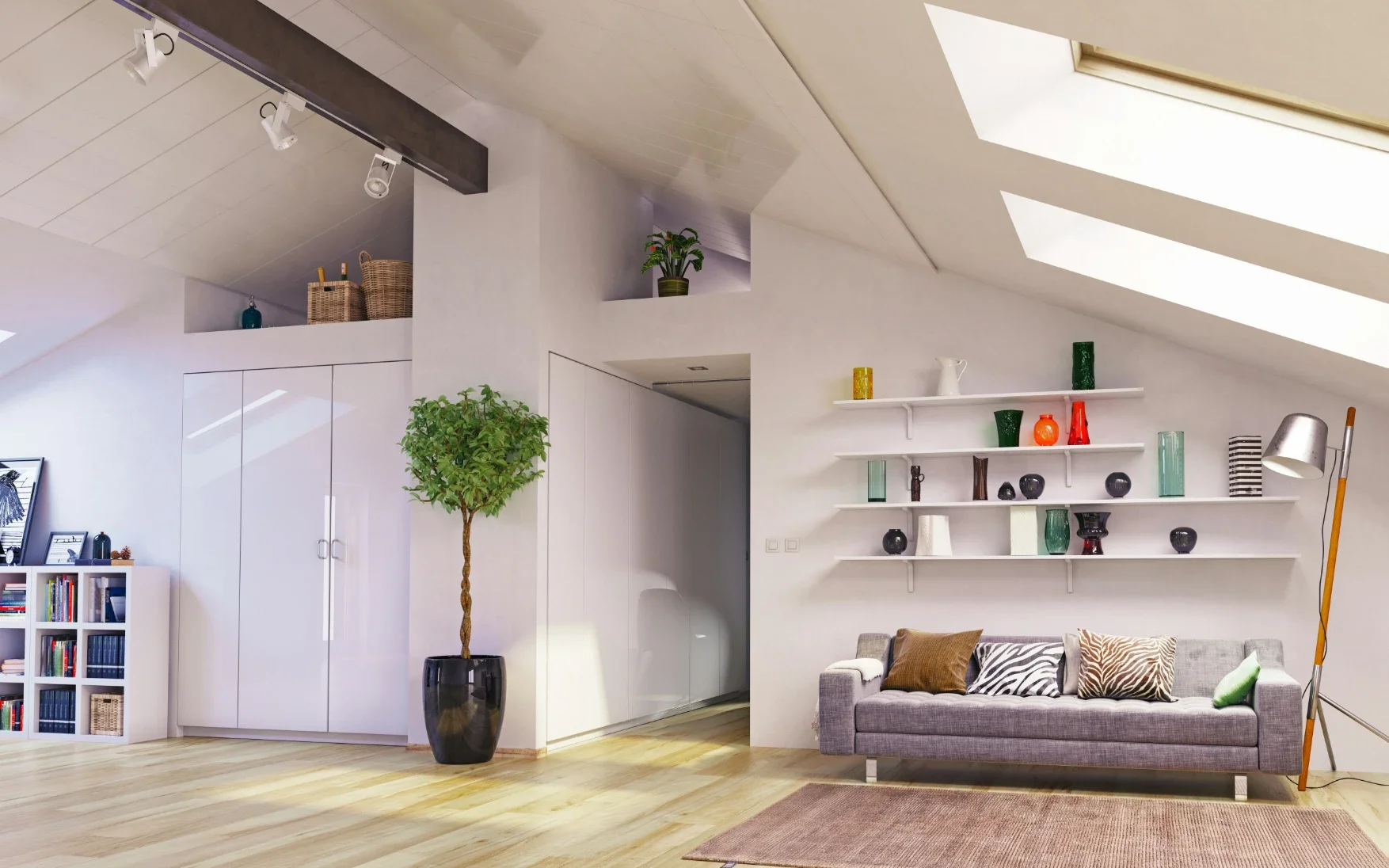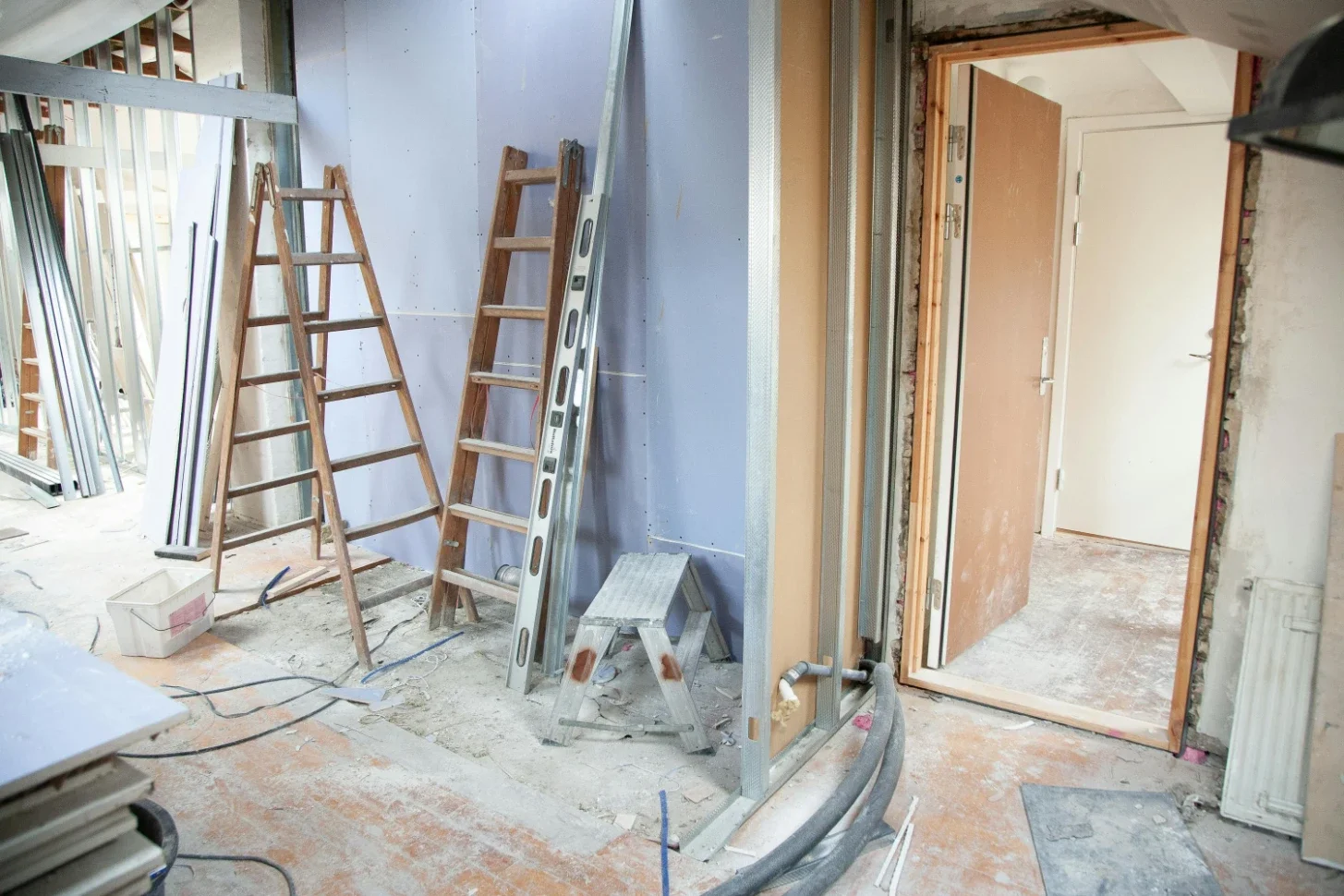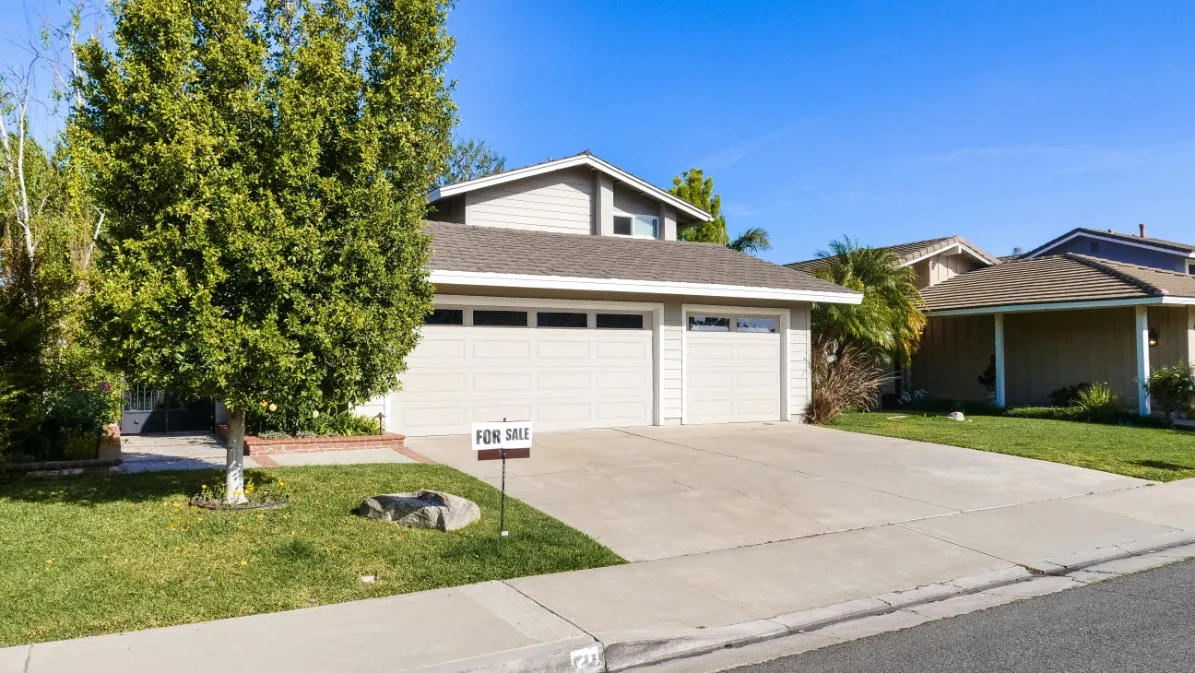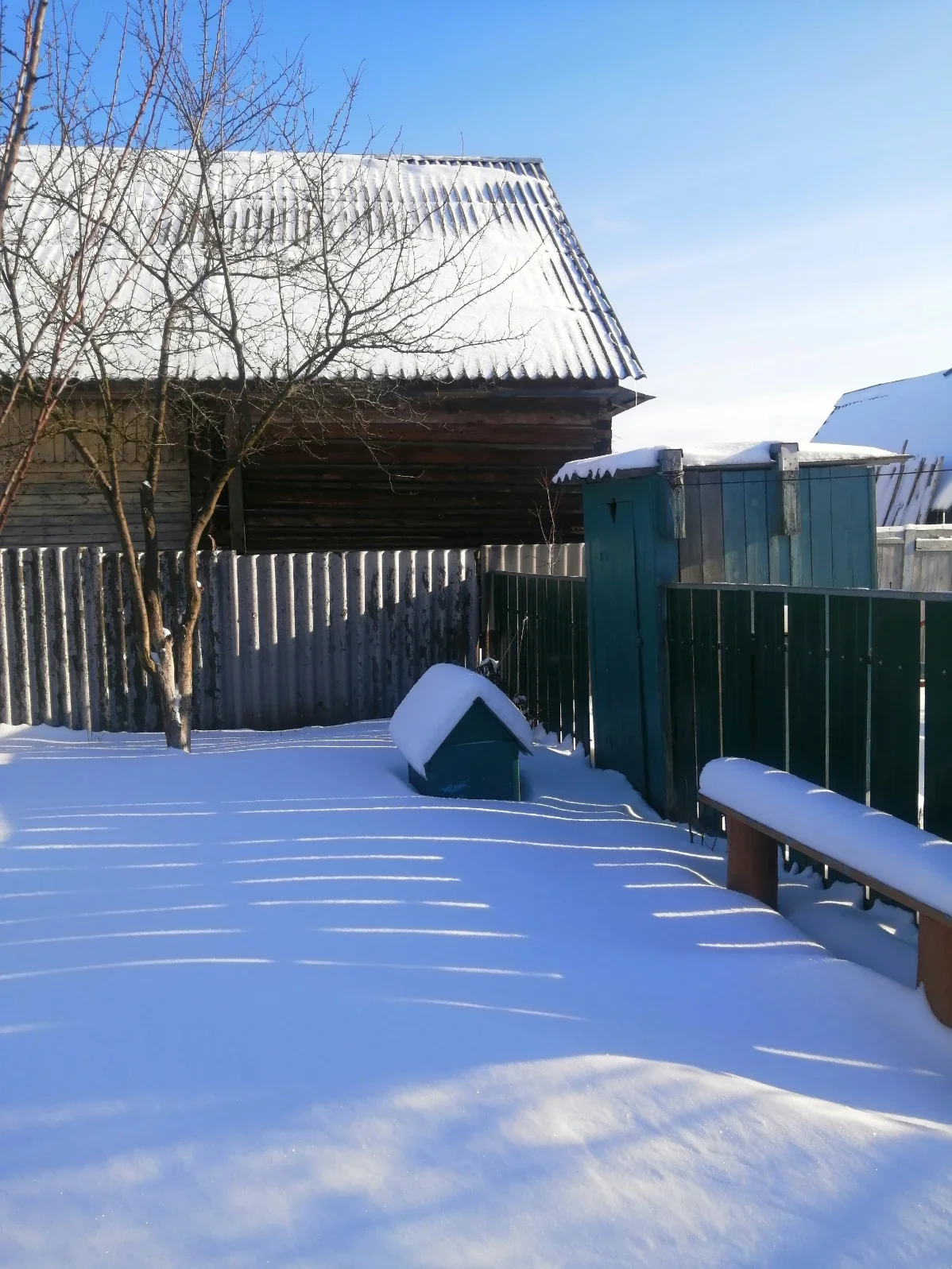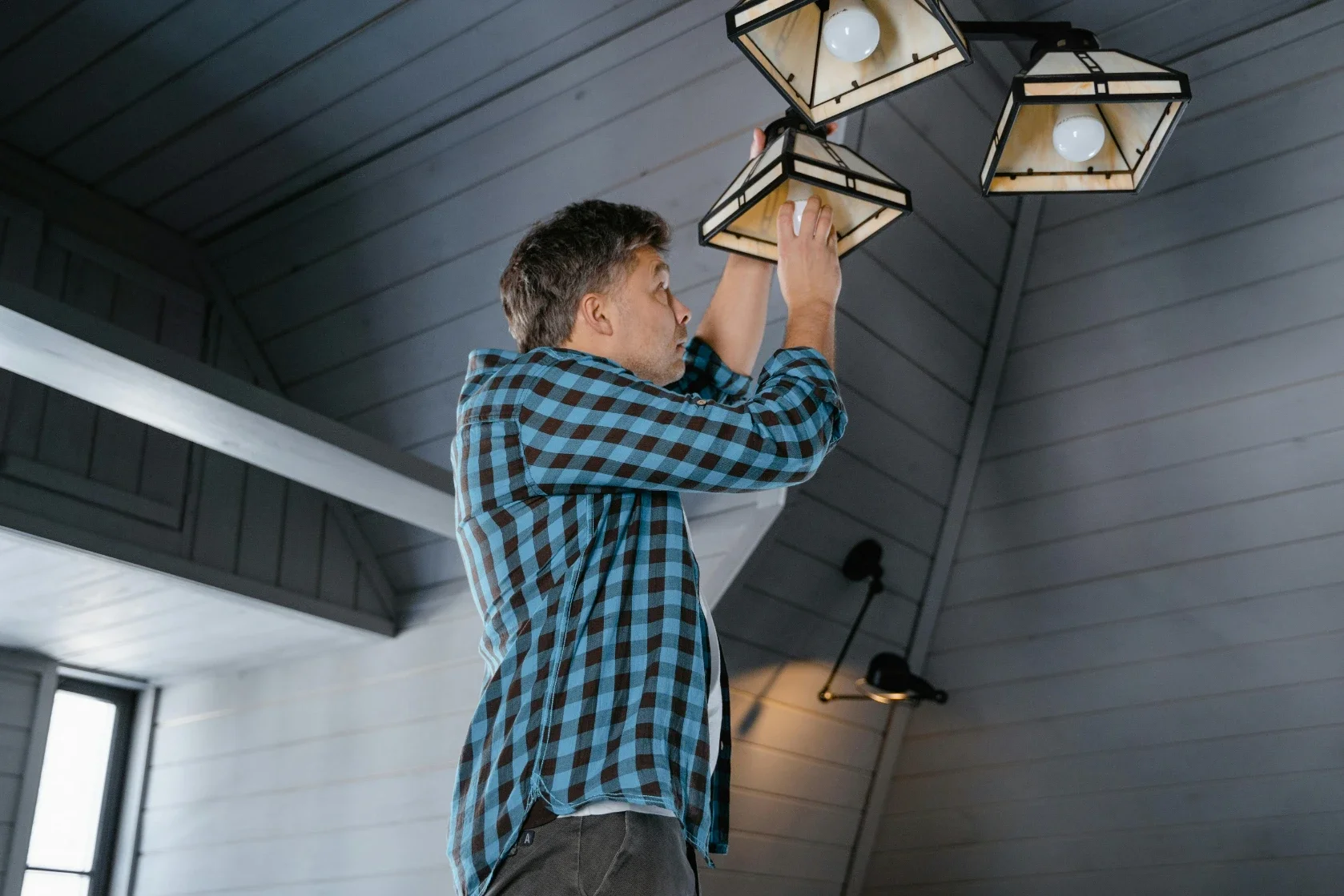How Long Does Vinyl Siding Last? Find Out Here
Wondering about the lifespan of vinyl siding? Discover how long vinyl siding lasts, factors affecting its durability, and tips for maintenance in our comprehensive guide. Learn all you need to know about vinyl siding's longevity.
When it comes to choosing siding for your home, vinyl often emerges as a popular choice due to its durability and low maintenance requirements. But one crucial question that tends to linger in homeowners’ minds is: how long does vinyl siding last? After all, investing in new siding is no small feat, and understanding its lifespan can help you make an informed decision. In this guide, we’ll dive into the factors influencing the longevity of vinyl siding, what you can do to extend its life, and answer some common questions about this popular home exterior choice. So, if you’re pondering the durability of vinyl siding, you’re in the right place!
How Long Does Vinyl Siding Last?
The Typical Lifespan of Vinyl Siding
When it comes to vinyl siding, you're looking at a solid, long-lasting option for your home. But just how long can you expect it to last?
Average Lifespan: Vinyl siding boasts an impressive average lifespan, typically ranging between 20 to 40 years. This longevity makes it a popular choice for homeowners seeking durability and low maintenance. However, its actual lifespan can be influenced by several factors, including the quality of the siding, the precision of its installation, and the level of maintenance it receives. High-quality vinyl siding that is properly installed and regularly maintained will generally last longer, while exposure to harsh weather conditions or lack of care can shorten its lifespan. To maximize the longevity of vinyl siding, ensure proper installation by professionals, conduct routine inspections, and address any issues promptly to maintain its appearance and performance over the years.
Top-Quality Vinyl: Top-quality vinyl siding is renowned for its exceptional durability and longevity. When you opt for higher-grade vinyl and ensure it’s installed correctly and maintained properly, you can expect it to last beyond 40 years. This premium vinyl siding is designed to withstand various weather conditions, resist fading, and maintain its structural integrity over time. The investment in high-grade materials pays off with extended longevity and a more robust appearance. Regular maintenance, such as cleaning and inspections, helps preserve the siding's condition and performance. By choosing top-quality vinyl siding and taking care of it, you can enjoy its benefits for decades, making it a long-term and worthwhile investment for your home.
Factors Influencing Vinyl Siding Longevity
Understanding what impacts the lifespan of vinyl siding can help you make choices that prolong its durability.
Quality of Material: Not all vinyl siding is created equal; the quality of the material plays a significant role in its durability and performance. Higher-quality vinyl siding is designed to be more resistant to various weather conditions, including extreme temperatures, heavy rains, and UV rays. This resistance helps prevent issues such as warping, cracking, and fading over time. Premium vinyl siding is also less likely to become brittle or lose its color, ensuring it maintains its appearance and functionality for years. Investing in high-quality vinyl siding not only enhances the aesthetic appeal of your home but also provides long-term protection and reduces the need for frequent replacements or repairs. When choosing vinyl siding, opting for superior materials is key to achieving lasting durability and value.
Installation: Proper installation of vinyl siding is crucial for ensuring its longevity and performance. Even the highest-quality vinyl siding can suffer if not installed correctly. Issues such as warping, detachment, and improper sealing can arise from poor installation practices, significantly shortening the lifespan of the siding. To avoid these problems, it’s essential to follow the manufacturer’s guidelines and use experienced professionals for installation. Proper preparation of the surface, accurate measurement, and correct nailing techniques all contribute to a successful installation. Ensuring that the siding is aligned correctly and allowing for expansion and contraction will help prevent common issues and maintain the siding's appearance and effectiveness over time. Investing in meticulous installation can save on costly repairs and replacements down the road.
Climate and Weather: Climate and weather play a significant role in the longevity of vinyl siding. Extreme conditions, such as heavy snowfall, intense heat, or strong winds, can impact its durability and appearance. For instance, heavy snow and ice can cause moisture to seep behind the siding, potentially leading to warping or mold growth. Intense heat can cause the vinyl to expand and contract, which may result in cracks or fading. Strong winds can potentially lift or damage sections of the siding, especially if not properly installed. Regular maintenance, including cleaning and inspecting for damage, can help mitigate these effects. Choosing high-quality vinyl siding designed to withstand local weather conditions and ensuring proper installation can further enhance its resilience and lifespan.
Maintenance: Vinyl siding is renowned for its low-maintenance requirements, but regular care is still essential to maximize its lifespan. Routine cleaning helps prevent the buildup of dirt, mold, and mildew, which can degrade the siding over time. Using a mild detergent and a soft brush or pressure washer on a low setting can effectively remove grime without damaging the surface. Additionally, inspecting the siding periodically for signs of damage, such as cracks, warping, or loose panels, allows for prompt repairs. Addressing issues early can prevent more significant problems down the line. While vinyl siding is designed to be durable and resistant to many environmental factors, these maintenance practices ensure it remains in good condition and continues to protect your home effectively.
How to Extend the Life of Vinyl Siding
Regular Cleaning and Maintenance
Keeping your vinyl siding in tip-top shape is key to maximizing its lifespan.
Clean Regularly: To keep your vinyl siding looking its best, regular cleaning is key. Use a garden hose with a mild detergent to wash away dirt and grime, ensuring a thorough yet gentle clean. For more stubborn stains or mold, mix bleach with water in a spray bottle—about one cup of bleach per gallon of water—and apply it to the affected areas. Let the solution sit for a few minutes before rinsing it off with your garden hose. Be sure to avoid using harsh chemicals or abrasive brushes, as these can damage the siding. Regular cleaning not only enhances the appearance of your siding but also helps maintain its durability and prevents the buildup of substances that can lead to long-term damage.
Inspect for Damage: Regular inspections of your vinyl siding are essential to maintaining its integrity and longevity. Check for signs of damage such as cracks, warping, or loose panels. Inspect the siding at least once a year, especially after severe weather conditions, to catch any issues early. Look for any gaps where the siding may have come loose, or areas where the color has faded or become discolored. Promptly addressing these problems can prevent more significant issues down the line, such as water infiltration or structural damage. Minor repairs, such as sealing small cracks or reattaching loose panels, can be done yourself. However, for extensive damage, consider consulting a professional to ensure that the repair work is performed correctly and effectively.
Proper Installation Matters
A job well done at the installation stage pays off in the long run.
Hire Professionals: When installing vinyl siding, hiring experienced professionals is crucial for achieving the best results. Skilled installers ensure that the siding is properly aligned, securely fastened, and expertly cut to fit your home’s dimensions. They have the knowledge and tools necessary to address potential issues during installation, such as uneven surfaces or structural challenges, which can affect the longevity and performance of the siding. Proper installation helps prevent common problems like warping, buckling, or detachment. Additionally, experienced professionals are familiar with local building codes and best practices, ensuring that the installation meets all necessary standards. Investing in professional installation not only enhances the appearance of your home but also provides long-term protection and peace of mind.
Follow Manufacturer's Instructions: Following the manufacturer’s instructions during the installation of vinyl siding is essential for ensuring its longevity and performance. These guidelines are designed to address specific aspects of the siding's installation, including proper alignment, fastening, and expansion gaps. Ignoring or deviating from these instructions can lead to common problems such as warping, detachment, or inadequate insulation. Manufacturers often provide detailed recommendations based on the material’s unique properties and the typical conditions it will face, which helps in achieving optimal results. Additionally, adhering to these instructions can ensure that any warranties or guarantees offered by the manufacturer remain valid. By carefully following the provided guidelines, you can maximize the lifespan and effectiveness of your vinyl siding, protecting your home for years to come.
Protecting from Extreme Conditions
Vinyl siding is pretty resilient, but protecting it from extreme conditions can help it last longer.
Shade and Overhangs: Adding overhangs or shades to your home can significantly protect vinyl siding from intense sun exposure, which can cause it to fade or become brittle over time. Overhangs, such as eaves or awnings, provide a physical barrier that shields the siding from direct sunlight, reducing the impact of UV rays and temperature fluctuations. Similarly, shades like exterior blinds or shutters can offer additional protection by blocking sunlight and reducing heat absorption. This preventative measure helps to maintain the color and integrity of the siding, prolonging its lifespan and keeping your home looking fresh and well-maintained. Incorporating these elements not only enhances the durability of your siding but also contributes to energy efficiency by reducing heat gain in your home.
Proper Drainage: Proper drainage is crucial for maintaining the integrity of your vinyl siding. Ensuring that water flows away from the siding prevents moisture buildup, which can lead to significant damage over time. Install gutters and downspouts that effectively channel rainwater away from the siding and foundation. Additionally, make sure that the ground around your home slopes away from the siding to encourage proper runoff. Paved areas or landscaping should be designed to direct water away from the walls. By taking these steps, you can prevent water from seeping behind the siding, which could cause issues like mold growth, rot, or warping. Proper drainage helps preserve the longevity and appearance of your siding, ensuring your home remains in good condition.
Conclusion
So, how long does vinyl siding last? With a typical lifespan ranging from 20 to 40 years, vinyl siding stands out as a durable and low-maintenance choice for your home’s exterior. By understanding the factors that influence its longevity and taking steps to maintain it properly, you can enjoy the benefits of vinyl siding for decades to come. From regular cleaning to ensuring proper installation, a little care can go a long way in extending the life of your vinyl siding. Whether you’re in the market for new siding or simply looking to learn more about what you already have, knowing how to care for and expect from vinyl siding will help you make the most out of this popular home exterior option.
Frequently Asked Questions
How often should I clean my vinyl siding?
You should clean your vinyl siding at least once a year to keep it looking fresh and to prevent buildup of dirt and grime. For areas with heavy staining or mold, you may need to clean more frequently.
Can vinyl siding be repaired if damaged?
Yes, minor damage to vinyl siding can often be repaired. For small cracks or holes, you can use a vinyl repair kit. However, if the damage is extensive, replacing the affected panels may be necessary.
Does vinyl siding require painting?
No, one of the benefits of vinyl siding is that it doesn’t require painting. The color is integral to the material, so it won’t peel or fade like painted surfaces might.
How can I tell if my vinyl siding needs to be replaced?
Signs that it might be time to replace your vinyl siding include significant warping, cracking, or fading. Additionally, if you notice a drop in energy efficiency or frequent maintenance issues, it might be time for an upgrade.
Are there any warranties for vinyl siding?
Yes, many vinyl siding products come with warranties that cover defects and sometimes even fading. Be sure to check the warranty details provided by the manufacturer at the time of purchase.












